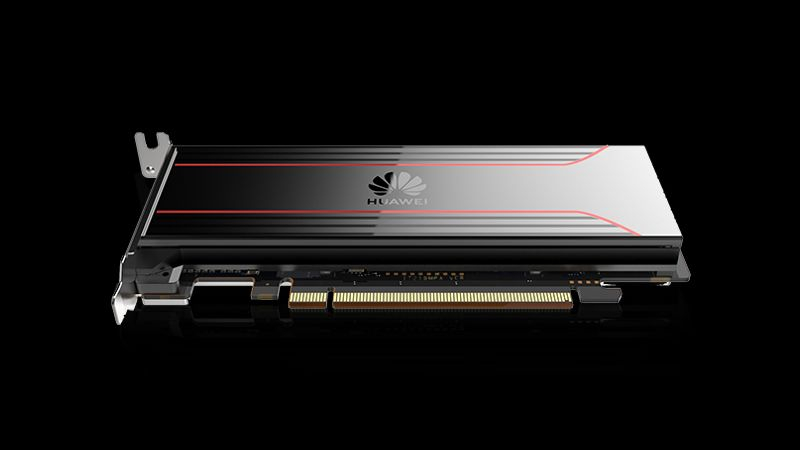When at the beginning of autumn last year Huawei introduced the Mate 60 Pro smartphone based on a 7nm processor released in China under sanctions, many analysts said that in a couple of years Chinese companies would learn to produce 5nm chips. However, this progress has forced the US authorities to take measures that will actually slow down the progress of Huawei and its partners, delaying them at the current level of development until at least 2026.

Image source: Huawei Technologies
Sources interviewed by the agency who are familiar with the state of affairs in the Chinese semiconductor industry share a similar point of view with Bloomberg. In their opinion, in the next couple of years Huawei will be forced to release all new processes using 7 nm technology, since it will not have access to a more advanced one. As you know, TSMC recently suspected one of its Chinese clients of receiving 7nm chips for Huawei computing accelerators, after which, at the initiative of the American side, there was a ban on the supply of 7nm TSMC products to any companies from China associated with the artificial intelligence sector. According to some reports, South Korean Samsung Electronics was forced to submit to similar bans.
As noted by sources familiar with Huawei’s plans, the Chinese company will soon need tens of millions of 7-nm mobile chips for its smartphones per year, and the need for 7-nm processors for computing accelerators will be measured in hundreds of thousands of copies per year. Considering the limited range of equipment for producing such chips and the high level of defects, it will be difficult to reach these indicators without access to foreign technologies. SMIC, which is considered a contract chip manufacturer supplying Huawei with 7nm products, is forced to resort to quadruple exposure of photomasks, and this chip formation technique does not provide stable product quality and acceptable cost.
The announcement of the flagship smartphones of the Huawei Mate 70 family is scheduled for November 26. According to rumors, they will use a 6-nm (that is, improved 7-nm) Chinese-made processor. To move to 5nm products, Chinese manufacturers will have to improve multiple exposure techniques or develop their own systems for working with ultra-hard ultraviolet radiation (EUV), and this will take a lot of time and money, according to analysts at Yole Group.